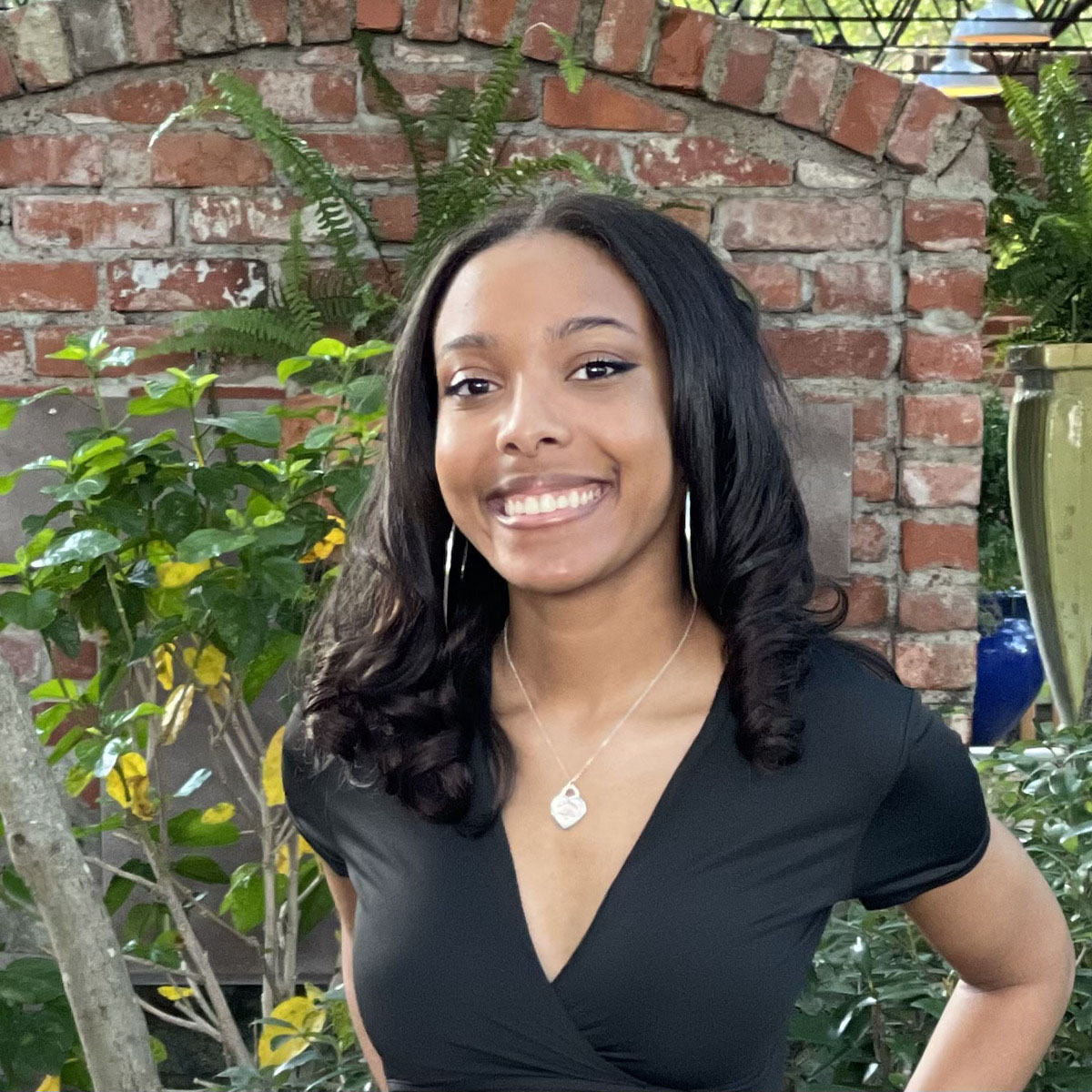Posted on April 26, 2021 by College of Sciences
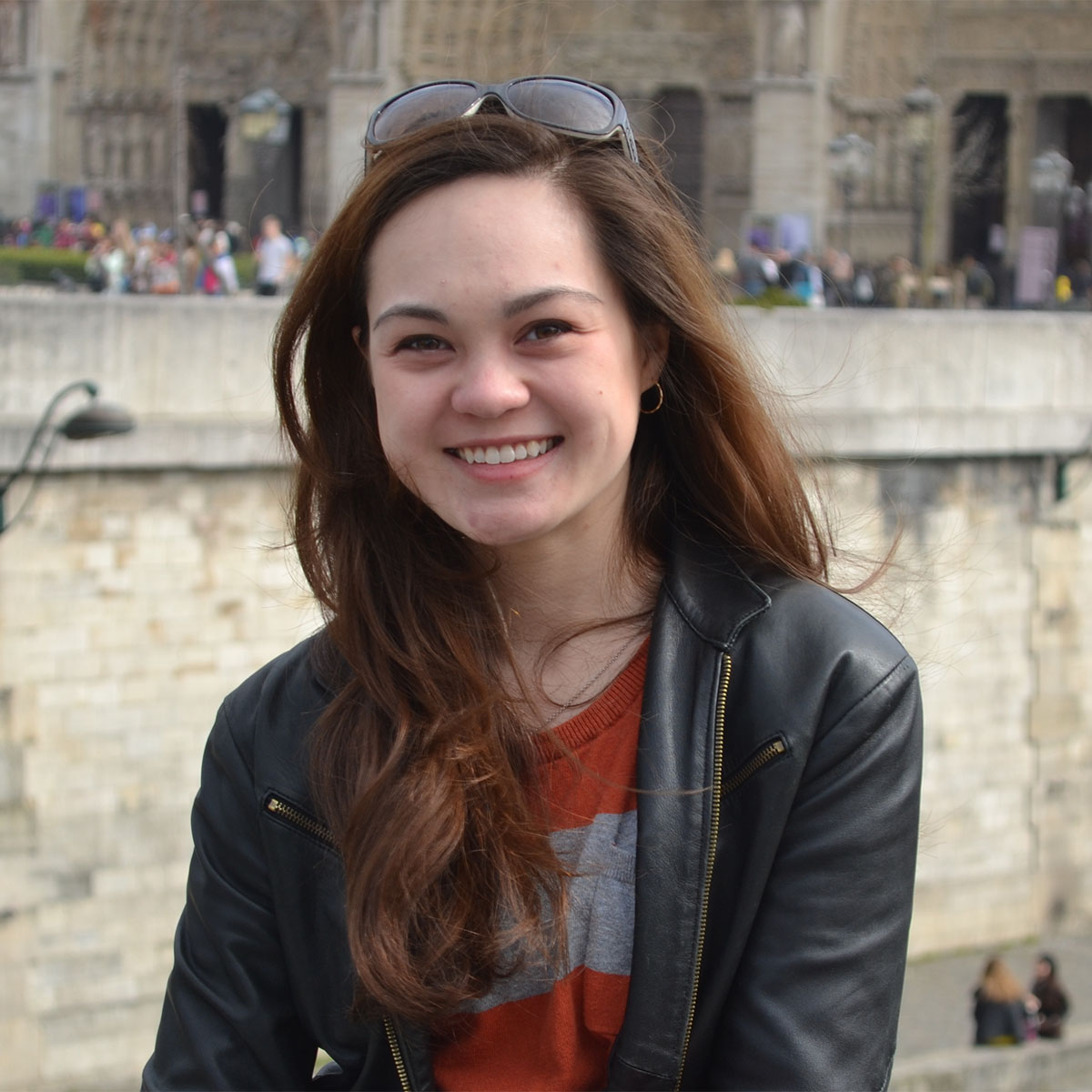
Celia Gagliardi, Neuroscience Ph.D. Candidate
By Ryan Schoensee
Celia's research tests how spatial memory can help lost rodents find their way.
Meet Celia Gagliardi, a doctoral student whose interests lie in the neural mechanisms of spatial memory and navigation.
In Fall 2016, Celia became a Roadrunner because the College of Sciences gave her the opportunity to continue her research in a highly competitive academic environment while under the mentorship of Dr. Isabel Muzzio, UTSA associate professor for the Department of Biology, recently promoted to full professor. Dr. Muzzio worked under Nobel Prize recipient Dr. Eric Kandel and has published numerous research papers on the behavioral and physiological processes of reorientation, which is the method of regaining your bearings after you've become lost or turned around. With Dr. Muzzio's guidance, Celia's become a more well-rounded researcher and has received constructive feedback on her grant writing, manuscript preparation and experimental design.
In late March, Celia cemented herself as a rising star in research by being awarded the Ruth L. Kirschstein National Research Service Award (NRSA) Individual Predoctoral Fellowship. This prestigious national fellowship awards grant funds to promising predoctoral students so they can receive mentored training and conduct a dissertation research project in a scientific health-related field that is relevant to NIH institutes and centers.
Celia's dissertation explores the effect of the retrosplenial cortex and its interactions with the hippocampus, the learning and memory center of the brain, during spatial reorientation.
"When animals are disoriented, they have to rely on cues in their environment to collect their bearings and recognize where they are and where they're going," said Celia. "My research focuses on the neural mechanisms that allow animals to reorient.""
Many organisms, including rodents, monkeys, fish, bees, and human toddlers, rely on the shape of their environment to reorient themselves and will often ignore certain visual cues like colors and landmarks. In one of Celia's recent experiments, she was able to train disoriented mice to find a cocoa puff in one of the corners of a rectangular chamber with visual cues. The mice learned the location of the cocoa puff but often confused the opposite, symmetrical corner, even though the corner with the cocoa puff could be found by following a visual cue.
In other experiments, Celia was able to demonstrate that if the retrosplenial cortex were suppressed, animals will select a random corner instead. Celia is now currently studying how cell activity in the retrosplenial cortex is used to process the shape of the environment and produce a successful reorientation.
Celia believes that these types of experiments could later be used to help guide the way software developers program robots to have a sense of direction. "If we can understand how the brain allows us to complete these complex navigational tasks in mice, maybe we can learn how to create a robot that can autonomously navigate."
Each experiment has taken Celia one step closer to understanding the neural mechanisms responsible for spatial memory and navigation. However, Celia has come to realize that with her doctoral research, it's the journey and not the destination and that journey is made easier if you love what you do.
"A Ph.D. is a marathon, not a sprint. Love your experiments and your experiments will love you back."
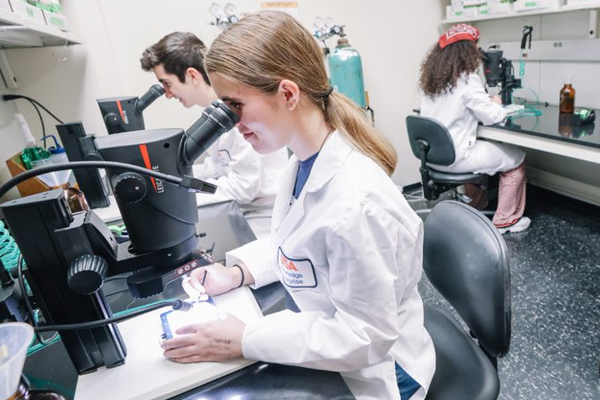
Explore the NDRB Department!
Conducting high-impact, internationally recognized research in the areas of neuroscience and developmental and regenerative biology while educating and training the next generation of leaders in biological sciences.
Recent NDRB Spotlights
View More Spotlights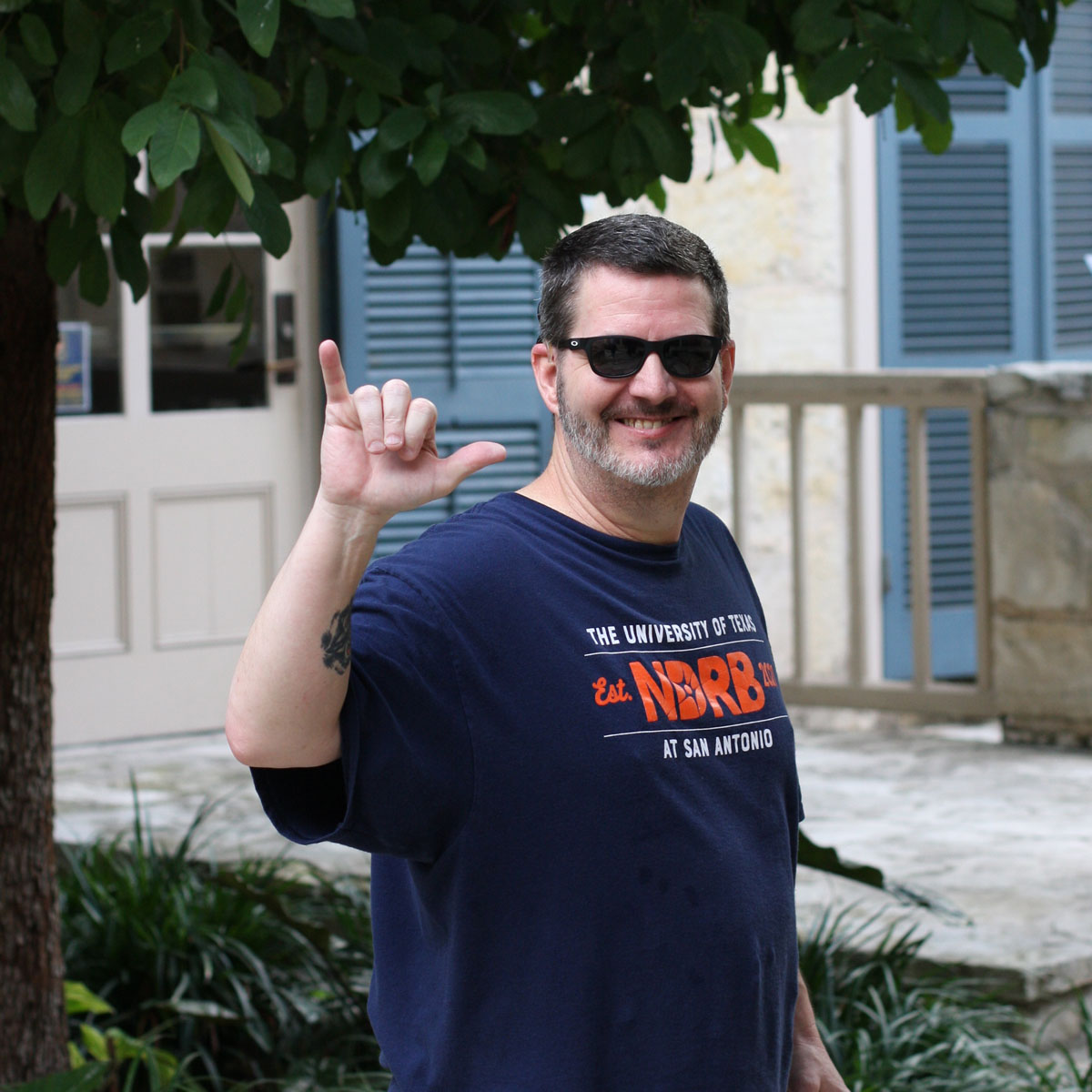
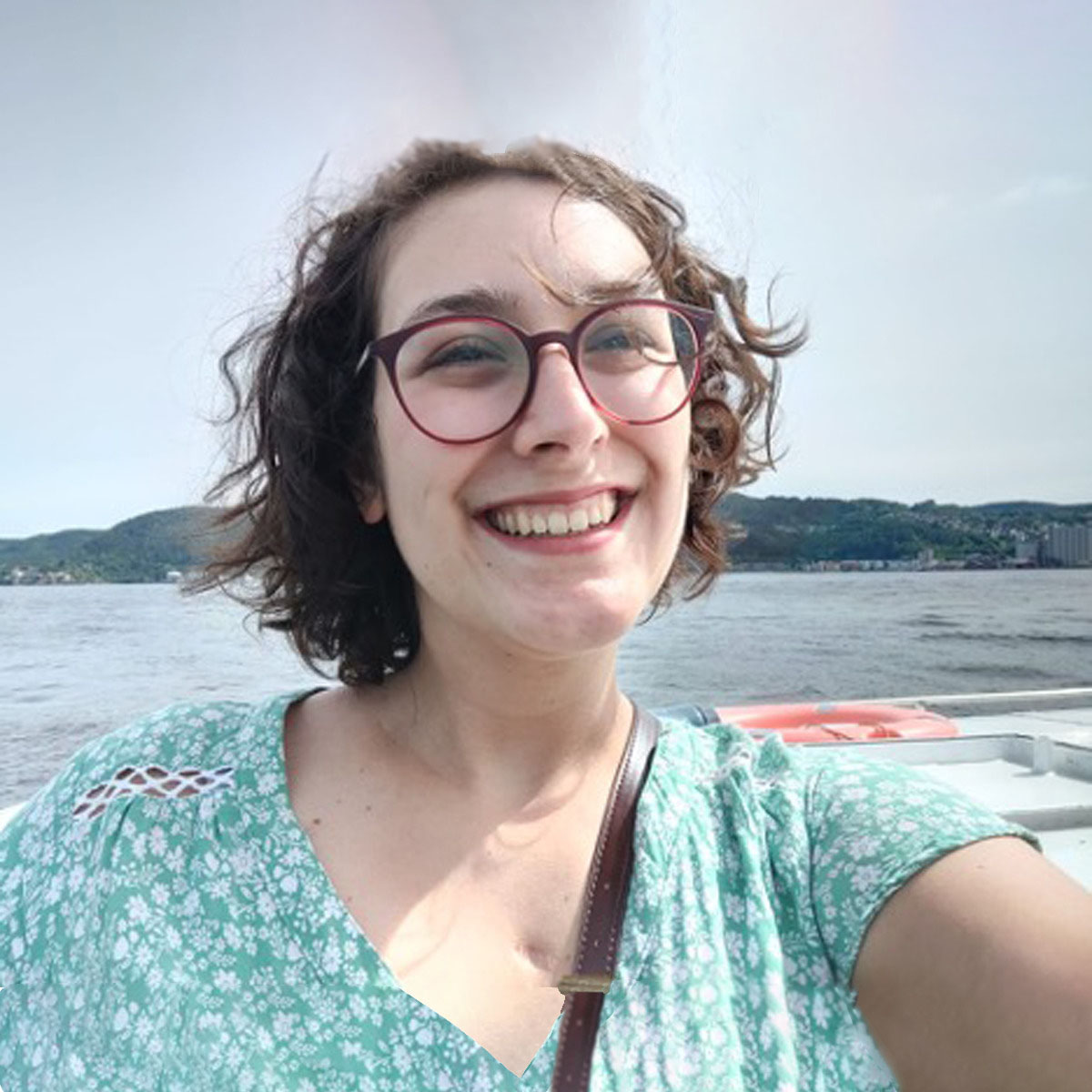
December 13, 2022
Isabella Sarno MarinPublished by College of Sciences
#ThisIsWhatAScientistLooksLike
